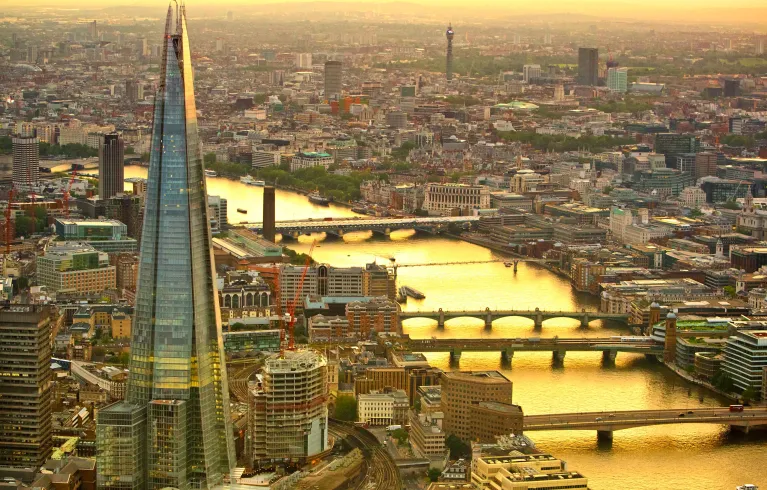
Key information
Publication type: General
Publication date:
The London Assembly, the 25-Member cross-party body tasked with holding the Mayor of London to account, has today published a report with a 10-point plan to deal with high air pollution in London, particularly around schools.
The report includes new data from the Environmental Defense Fund Europe (EDF Europe) on the levels of Nitrogen Dioxide (NO2) and Particulate Matter (PM2.5) around schools. The data shows that:
- NO2 and PM2.5 exposures vary during the school day and there is a significant peak in concentrations during the morning school run
- Road transport – specifically brake, tyre and road wear – is the single biggest local source of PM2.5 at London primary schools
- All of the 14 schools at or exceeding the legal limit of NO2 are located in six inner London boroughs; Westminster, Tower Hamlets, Camden, Lambeth, Hammersmith & Fulham and Islington.
The report makes 10 recommendations on what the Mayor of London can do to clean up the air for millions of Londoners, including how the Mayor should: -
- Lead the way in exploring the impact of air pollution on COVID-19. Specifically, by taking account of current scientific research and funding further work examining the links between air pollution and COVID-19 in the next six months. The research should explore the effects of exposure to air pollution on COVID-19 mortality and severe illness.
- Confirm when he expects to bring all schools within the legal NO2 limit. This includes the 14 schools in London in areas at or exceeding the legal NO2 limit.
- Review the impact of London’s Red Route network on air pollution at schools by December 2021.
Related documents
London Assembly - Environment Committee - Air Quality report - final